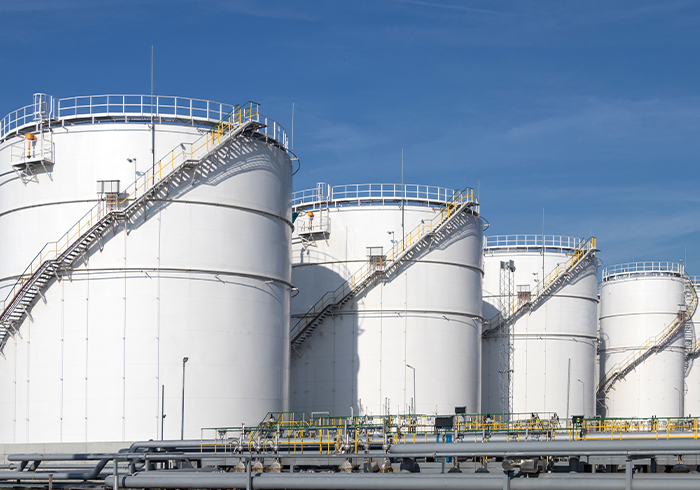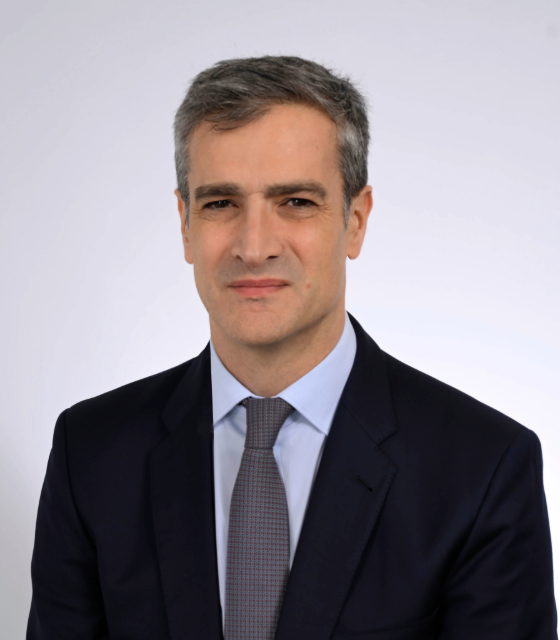The OECD rules governing export credits should be changed to permanently enable 95% cover for high-risk markets, a report has suggested, but lenders active in Africa say the proposal would squeeze a significant area of their business.
The recommendation is included in a 217-page study, commissioned by UK Export Finance (UKEF) and conducted by a group of industry experts, on how members of the OECD Arrangement on Officially Supported Export Credits could “better support” social infrastructure.
There is a vast need for projects such as hospitals, schools and water facilities in regions such as Sub-Saharan Africa where intense fiscal pressures and financing strains are limiting development.
Following consultations with industry stakeholders, the independent experts identified four key recommendations for OECD Arrangement members to consider.
One of those is a call for participants to increase the maximum support ECAs are able to provide to 95% of an export contract’s value, up from 85%, though only for loans to sovereign borrowers in high-risk markets.
This would cover nations in the OECD’s highest risk categories – 5 to 7 – which includes most of Sub-Saharan Africa.
The move would make permanent the “95/5% rule” which was introduced by the OECD Arrangement to overcome “market failure” during the Covid-19 pandemic in late 2021, and since then has been extended twice, and is set to expire again in mid-December.
International banks and some agencies including Poland’s Kuke have cheered the 95/5 flexibility, but local African banks have rejected the rationale given for its launch, arguing appetite has always been strong for the down payment tranche of export credit agency (ECA) deals.
Under OECD Arrangement rules, sovereign borrowers could previously only secure an ECA-backed loan for 85% of a contract’s value and had to tap the commercial bank and insurance markets for the remaining 15%. But for the past three years, this portion has been shrunk to 5% for many deals in Africa.
The UKEF-backed report suggests the 95/5 rule should be made permanent, though in a slightly different form.
The down payment should be “maintained in the Arrangement text” at 15% of a contract’s value, but ECAs would be able to cover two-thirds of this portion. Given the rules allow ECA support of up to 85%, the added boost of 10% from the down payment facility would amount to 95% of the total.
The report’s authors – Paul Mudde, Henri d’Ambrières, Arnaud Dornel – argue the reform would help agencies compete with rivals outside of the OECD Arrangement, such as China, and ease competition from untied financing.
The permanent reform would also “contribute to an improved debt sustainability for borrowers,” they say.
Nonetheless, banks active in Africa had been hopeful the market would revert to the 15% down payment requirement.
Greg Fyfe, head of ECA finance at Standard Bank, said a “marked contraction” in down payment activity has impacted the lender’s business.
“We do not think there is a market gap to fill… that if you have the deposit at 15% there will be market failure,” Fyfe said on the sidelines of GTR London Africa. “We believe there will be sufficient regional and local bank capacity, insurance capacity, ECAs such as South Africa’s ECIC, can happily step up.”
There may be benefits for international banks, engineering, procurement and construction (EPC) contractors and “some” borrowers, Fyfe said.
But he added: “Our perspective is we would like to see a return to the 15%, as down payment financing is core to our business.”
In the past few years, Standard Bank has sought out alternative deal opportunities. “We have pushed into, for example, ECA transactions where we can bring in funds. The SEK or EKN model, where we can access cheap funding,” Fyfe said, referring respectively to Sweden’s export finance and export credit agencies.
Under this arrangement, the bank fronts the transaction and sells the loan to SEK, while maintaining documentation risk and its role as an agent; or it offers risk protection of 5% to SEK.
“Because we haven’t been needed in down payment, we have looked at other avenues to make up,” he said. “We probably would have done it anyway, but those ECAs where we can bring in competitively priced, long-term funding, we have really pushed into that with some success.”
Speaking to GTR last year, South Africa’s Nedbank also highlighted “limited opportunities” in the down payment sector, with governments such as Angola even choosing to pay the 5% fee “themselves”.
The social infrastructure study acknowledges a permanent 95/5 reform could affect African lenders and commercial insurers, yet says the impact would “probably be limited”.
“Their medium and long-term offerings for these categories 5-7 countries usually do not exceed tenors beyond 7 years, and when it exists it is at higher price,” the report says, adding: “The limitation of this support to public sector projects in categories 5 – 7 reflects a reasonable balance between the various interests at stake.”
Elsewhere, the report suggests that the amount project developers can spend on local costs, such as purchasing concrete or asphalt, should be raised to 100% of an export contract’s value from 50%.
Increasing repayment tenors to 22 years for social infrastructure and the creation of a Social Investment Sector Understanding are similarly identified as possible reforms to the Arrangement.








